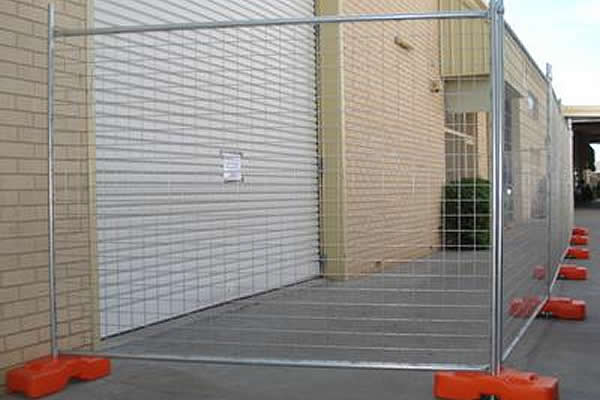 TEL:
+86-13102802206
TEL:
+86-13102802206
 Email:
fencenetting@china.com
Email:
fencenetting@china.com
 Language
Language
 TEL:
+86-13102802206
TEL:
+86-13102802206
 Email:
fencenetting@china.com
Email:
fencenetting@china.com
 Language
Language


Stainless steel antenna wire has gained considerable popularity in the world of telecommunications and amateur radio for its unique properties and performance advantages. Unlike traditional copper or aluminum antenna wires, stainless steel offers exceptional durability and resistance to corrosion, making it an ideal choice for outdoor applications.
One of the primary benefits of using stainless steel antenna wire is its longevity. Stainless steel does not succumb to rust like iron or mild steel, which means that antennas made from this material can withstand harsh weather conditions without degrading over time. This is especially important for radio enthusiasts who live in areas with high humidity or frequent rainfall, as these factors can significantly shorten the lifespan of conventional antennas.
In addition to its resistance to rust, stainless steel wire also exhibits high tensile strength. This characteristic is crucial for maintaining the structural integrity of antennas against wind stresses and other environmental factors. An antenna made from stainless steel can endure extreme conditions, ensuring consistent performance over a prolonged period, which is essential for reliable signal transmission and reception.
Moreover, stainless steel wire possesses excellent electrical conductivity, though not as high as copper. However, its conductivity is still sufficient for many applications, especially in scenarios where durability is prioritized over maximum conductivity. This balance makes stainless steel an attractive option for a wide range of antenna designs, from simple dipoles to more complex multi-band configurations.

The use of stainless steel in antenna construction also aligns with modern environmental considerations. As the world shifts towards sustainable practices, the long lifespan and recyclability of stainless steel present an eco-friendly alternative to conventional materials. By using stainless steel, manufacturers can reduce waste and the frequency of replacement, contributing to a more sustainable approach to technology.
Installation of stainless steel antenna wire requires certain techniques to ensure optimal performance. Proper grounding and tuning are essential, as the physical properties of stainless steel can affect bandwidth and resonance. When correctly configured, stainless steel antennas can provide excellent performance, making them a favorite among experienced amateur radio operators.
In conclusion, stainless steel antenna wire offers a combination of durability, strength, and adequate conductivity, making it a compelling choice for various antenna applications. As users continue to seek reliable and long-lasting solutions in their communication needs, stainless steel will likely remain a prominent material choice in the field of antenna design and construction.